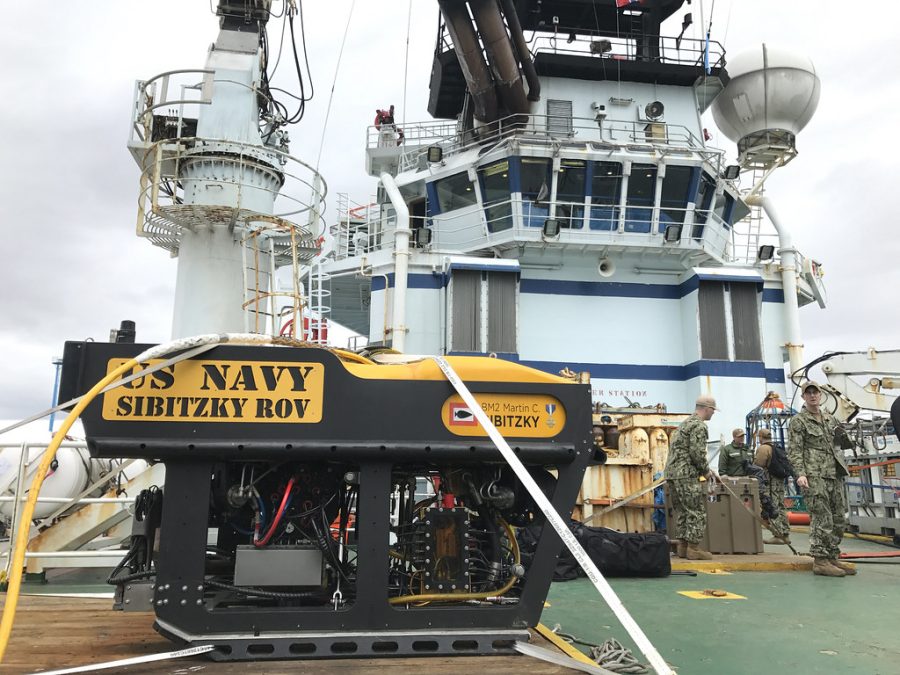Underwater Vehicles
The Purposes of Underwater Vehicles.
Source: U.S. Navy
“A remotely operated underwater vehicle operated by the U.S. Navy’s Undersea Rescue Command.” by Official U.S. Navy Imagery is licensed under CC BY 2.0
Ocean engineers try to make the ocean a better place by designing machines and vehicles. Engineers create underwater vehicles that discover the regions of earth humans can’t discover on their own. These vehicles are categorized into four classes: Human Occupied Vehicles (HOVs), Remotely Operated Vehicles (ROVs), Autonomous Underwater Vehicles (AUVs), Hybrid Remotely Operated Vehicles (HROVs).
HOVs are very useful because they can carry multiple engineers and scientists down to places humans cannot reach by themselves. HOVs are built to resist tremendous pressure. This allows scientists to make clear observations and collect specimens. ROVs are also useful because they allow a driver to be on the surface while the robot is underwater. The ROVs can remain submerged for multiple days. The robot can find specimens and send images to the surface in real-time while scientists and engineers survey the area and conduct experiments. AUVs can be programmed to complete a mission depending on the design. AUVs can move on their own without a person driving. AUVs can decide to pursue a different mission based on the data it collects in the environment. HROVs are useful because they can switch from remotely operated vehicles to autonomous underwater vehicles. This can allow scientists to control and change the mission of an HROV. It also allows humans to do experiments and make observations on the surface while the HROV is collecting data.
To sum it all up, underwater vehicles are distinct and are useful for scientists to explore the deep. These vehicles have helped scientists find species and environmental conditions that are only found down in the deep. Underwater vehicles help scientists discover places that couldn’t be reached with just suits and flappers.
RELATED ARTICLES:
https://www.whoi.edu/know-your-ocean/ocean-topics/tools-technology/underwater-vehicles/















